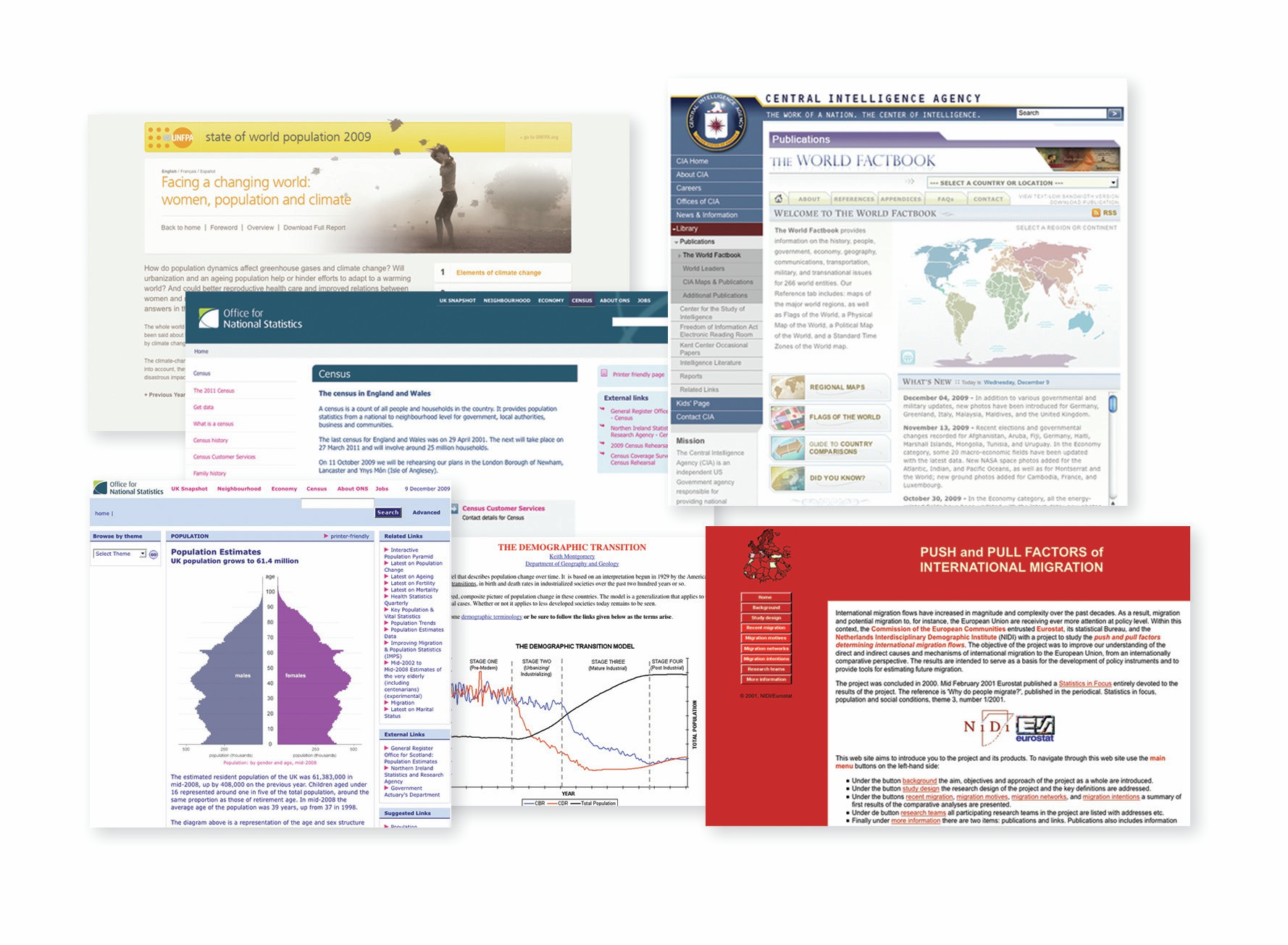
Population is a core topic for most A-level courses and IB, and a vital component of any human geographer’s training. What does population mean to you? When I ask that question of students I am often surprised to hear the view that the global growth in numbers is a threat and that high population densities are somehow a problem, for instance because of the resources consumed and the pollution produced. We seem to have absorbed a lot of negative messages about population and repeat them without critical analysis. Studying this aspect of geography gives you the opportunity to look at an important and sensitive topic with fresh eyes.
At the time of writing there are estimated to be 6,791,663,543 people in the world. You can check how much this has increased by going to the United States Census Bureau website, where they have what they call a ‘population clock’. A good source for information on Britain’s population — currently 61,383,000 — is the Office for National Statistics’ census page. For other countries, see the CIA World Factbook. For the relative rates of growth, for instance the developed versus the poor world, there is the State of the World’s Population, a report published by the United Nations Population Fund. The United Nations Population Information Network is also an excellent source of data.
Your organisation does not have access to this article.
Sign up today to give your students the edge they need to achieve their best grades with subject expertise
Subscribe




